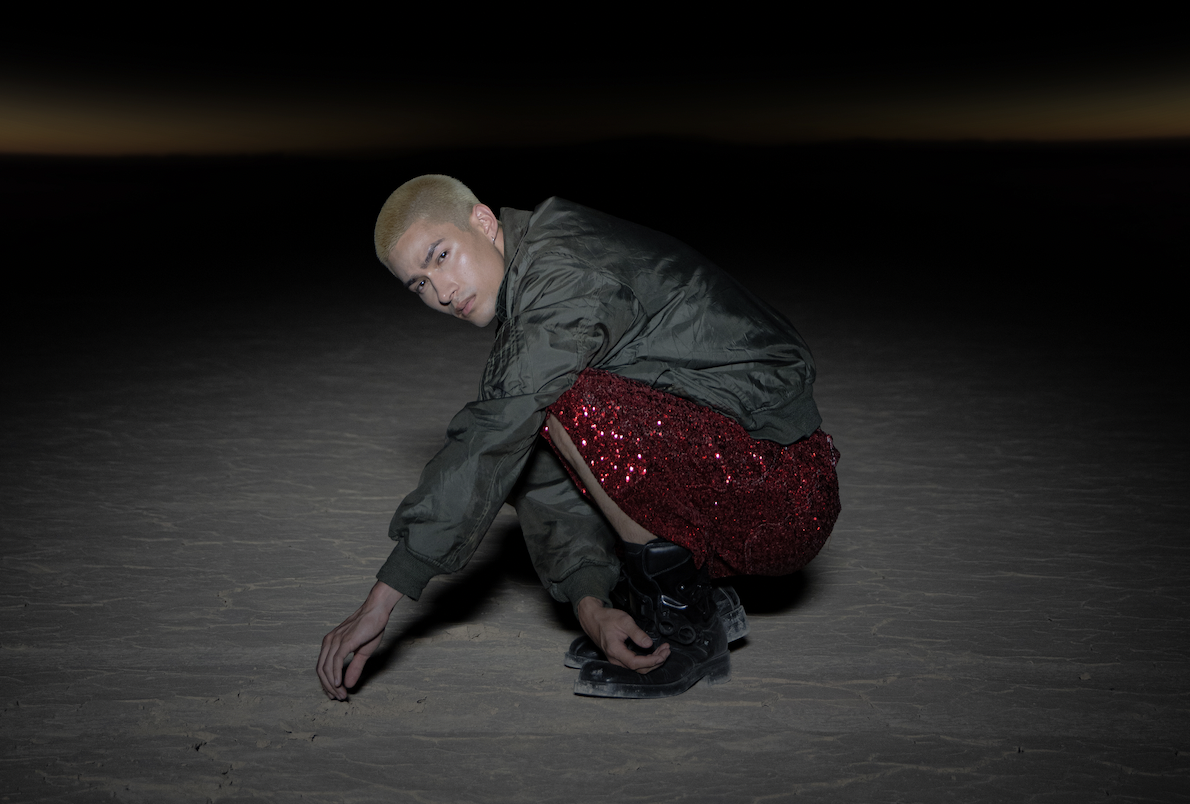[vc_row][vc_column][vc_column_text]
- As a thought experiment, we take the guidebook/news media prose typically used to describe China and flip it on a stately American city.
OR: Our intrepid cultural explorers brave ultra-nationalists and state police to uncover what is left of the history and indigenous culture of “Boston.”

Boston, a city where tradition and modernity co-exist in uneasy juxtaposition. It is a place with a rich history, much of it unfortunately buried under the detritus of modernization and economic development. The visitor will no doubt be disappointed that locals have abandoned their traditional dress for blue jeans and baseball caps. Where are the doublets and breaches? The exotic local maidens in their stays?
Indeed, it can be hard to find a true native in the city center. 20 years ago, it was still common to see the broad pale faces, the wide hips, and gin-blossomed noses of the indigenous population. Now the city is overrun with visitors from around the world, and displaced families are increasingly forced to live outside of the city in planned communities with aspirational appellations stolen from around the world. Place names like “Plymouth,” “Ipswich,” and “Newton” demonstrate the extent to which local developers have long worshipped the foreign at the expense of their own culture.

The past is still very much present here, but only if you know where to look! It was the site of a famous massacre, but good luck finding a junior high school student who can tell you anything about it. We know because we tried! We surreptitiously approached students outside a local middle school and asked them what they could tell us about Samuel Gray or James Caldwell. So thoroughly is history scrubbed by the ruling (so-called) Democratic Party that not one student could — or would! — correctly identify these human rights icons before running away. In fact, after we were seen talking in hushed tones to students in a corner of the schoolyard, education officials, ever vigilant to preserve ideological control over their charges, chased us away from the school grounds threatening to send the police after us. That they felt the need to call in paramilitary state organs to prevent us asking simple questions is indicative of the fundamental insecurity of the state.

Boston’s ancient traditions are disappearing
Many quaint and colorful historic customs have been outlawed. Local government leaders instead try and foist a homogenized modernity on visitors at the expense of distinctive and evocative traditions and culture. We went looking for any community that burned witches at the stake, or where women were still allowed to wear large, brightly colored letters affixed to the front of their frocks proclaiming their sexual freedom. It was depressing to learn that these customs, celebrated by regional dissident authors for centuries, were nowhere to be found.
Our local guide, clearly fearful of running afoul of party elders, fed us pre-approved answers like: “We stopped doing that in the 18th century,” and “You folks are wicked fucking weird.”
We stopped pressing the issue because it was clearly making her uncomfortable, and ultra-nationalists nearby began to take too much of an interest in our questions, shouting at us and referring to us as “facking chowdaahhh-heads,” an epithet that our Google dictionaries were unable to translate accurately.

A colorful local
We were unsurprised by this outburst, as ultra-nationalism seems to be the order of the day in most of the region. Wherever you go, people display their fanatical sense of inclusiveness by wearing a stylized “B” on hats, t-shirts, and other clothing. The ubiquity of this particularly “Boston” symbol suggest that the clothing must be distributed by the government and ruling party, so pervasively is it worn among the lower- to mid-classes.
We were heartened, however, to learn that the native cuisine was still available, despite gentrification of many of the city’s lanes and historic alleys. A few of our group were brave enough to stop at a local snack stand and watch as preservationists of local culinary tradition braved early morning hours to hand us the food of the peasantry: a fried circular pastry to be dipped in a Styrofoam cup of coffee. We took a picture of the stand, just in case when we return here next time it has been torn down to make way for some new monstrosity of modern architecture.
Our travels in this land, though brief, reminded us of the joys of the contemporary world. In places like Boston, the transition from old to new has been difficult. Only time will tell if the charming lifestyle of this picturesque city will survive the 21st century.
Cover photo: WBUR[/vc_column_text][/vc_column][/vc_row]
















